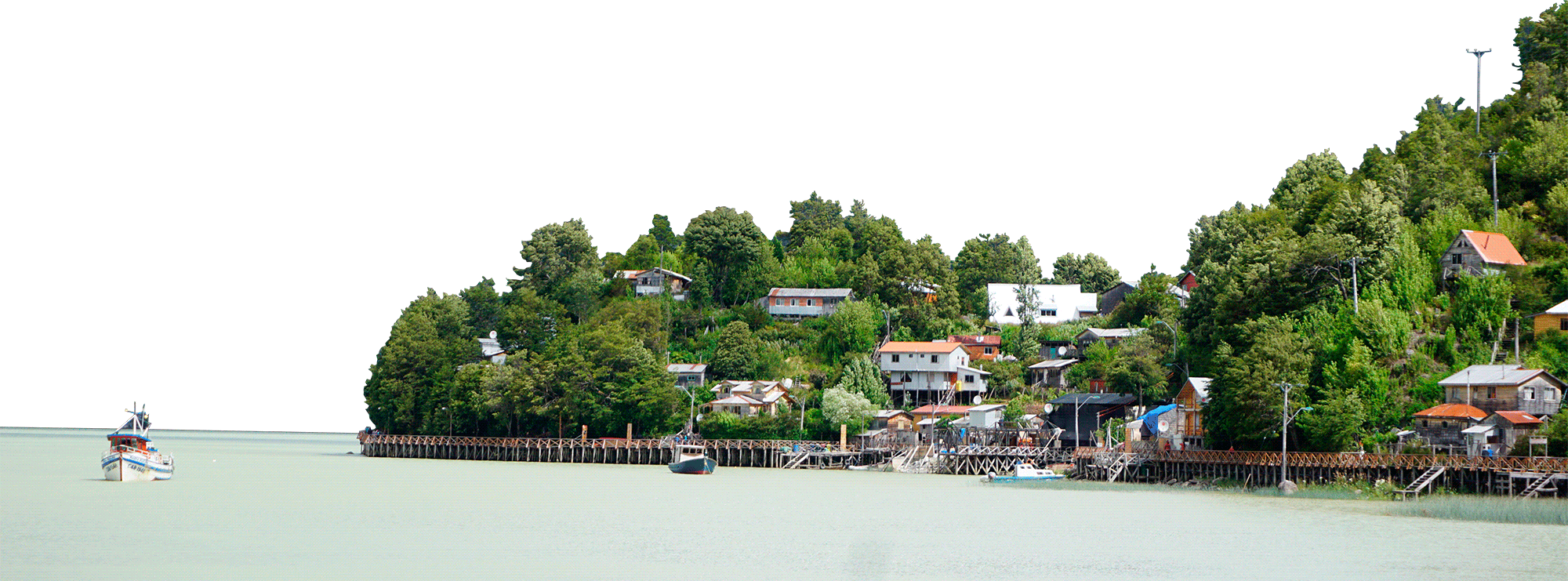


Identification climate refugia for biodiversity in land and marine areas of the Chilean Patagonia to assess the overlapping of potential climate refugia with protected wild areas. The analysis seeks to determine areas of interest for conservation considering this new variable.
Based on the methodology presented and used in this study, both terrestrial and marine climate refugia can be spatially identified in the Chilean Patagonia. This study highlights the importance of identifying climate refugia in terrestrial, freshwater, or marine areas, as it serves as a tool for prioritizing resources within protected area planning. This is particularly important in the current scenario of lack of funding for protected areas.
The identification of climate refugia can have two important implications for protected area planning in Patagonia. On the one hand, they provide a specific element to incorporate into management plans that, in many cases, are still under development in Patagonia. This is the issue for which the results presented here become crucial, as several potential refugia are identified within protected areas. On the other hand, and as inferences to this study, the sites identified as climate refugia outside protected areas should be considered complements to the existing protection network, valuing their complementarity and connectivity with the rest of the protected area network.










